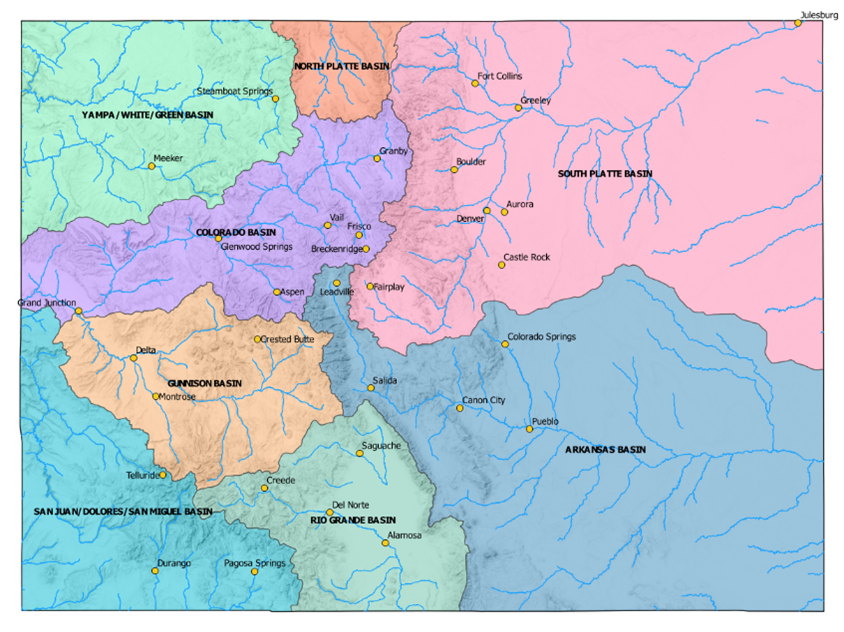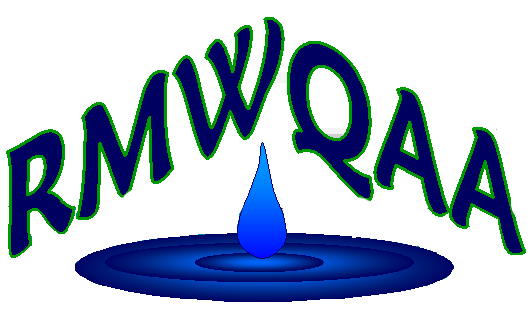For most of us in the water industry, there is a heightened level of concern about the future of water in Colorado and in the West. Images and stories of the lowered water levels in Lake Mead and Lake Powell are shocking. Those of us that remember Cape Town’s “Day Zero” can legitimately be concerned that something similar could happen here, on a much larger scale. While nobody is talking about shutting off the taps like they were in Cape Town quite yet, there are common concerns about sufficient flow being available for turbines in Hoover and Glen Canyon dams, and of course general water availability.

Into the current and future water concerns in the west comes the Colorado Water Plan (CWP, or The Plan). As a headwater state, Colorado needs to be concerned about water for its 6 million residents and also has obligations to deliver water downstream to 19 other states and to Mexico.
To be able to meet these goals, The Plan was started back in 2015. It emphasizes stakeholder input and public engagement, and is CO’s roadmap to conserve, develop, protect, and manage Colorado's water for present and future generations. The plan was first released by then Governor John Hickenlooper. It is currently being revised to meet the ever-increasing challenges of managing watersheds where demand has already exceeded supply and climate change is reducing water flow.
The Plan is based on a water vision that includes vibrant communities, robust agriculture, thriving watersheds, and resilient planning. Much of the work is by design done at the local level, and the format chosen by the Colorado Water Conservation Board (CWCB, which administers the program) is to have nine roundtables act as the local resources. The nine roundtables correlate to the main eight basins with headwaters in CO, and one representing the Denver metro area.
The Plan is quite extensive. It has a high emphasis on collaboration, innovation, and resilience to problem solving. The Plan covers future possible events and uncertainty including listing high impact drivers, the risk of future water shortages, and variability in the water supply. And of course, The Plan addresses just about all water uses from agricultural, to what is used in households, to instream water rights.
Additionally, the CWCB has a stated emphasis in inclusiveness, and they want to hear multiple voices and input into their process and decisions. There is opportunity to join with your local basin, and in fact, The Plan is based on grassroots efforts from the Colorado water community.
 Figure 1: The eight CO river basin areas, as defined in the CWP.
Figure 1: The eight CO river basin areas, as defined in the CWP.
The CWP is by far the most extensive, established, equitable, funded, and workable framework for the future of water in Colorado. It, in my opinion, represents the best current approach for guiding Coloradoans through what looks to be a challenging water future. Involvement from smart RMWQAA membership would only help improve The Plan, and would certainly be a rewarding effort.
There is an opportunity to provide your ideas to improve CO water management by submitting comments (public comment period ends September 30).
You can add public comments, share your story, or get involved here:
https://engagecwcb.org/
The Plan itself can be read here:
https://engagecwcb.org/colorado-water-plan
Rich MacAlpine is a Laboratory Supervisor at Metro Wastewater Reclamation District.
 Welcome to the
RMWQAA Website!
Welcome to the
RMWQAA Website!  Welcome to the
RMWQAA Website!
Welcome to the
RMWQAA Website!